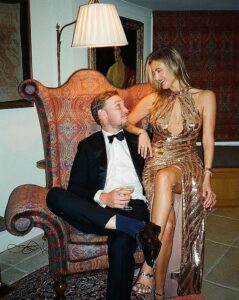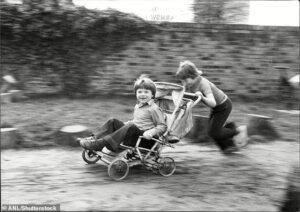By POPPY ATKINSON GIBSON, TRAINEE REPORTER
Published: | Updated:
When Pernille Sohl was faced with the upsetting and difficult decision of what to do with her daughter’s ailing pony, she could’ve taken it to the vet.
But instead, the Danish mother decided to take it to the local zoo to be fed to the lions.
The 44-year-old took the pony along to Aalborg Zoo, in northern Denmark, one of the country’s biggest tourist attractions to dispose of the family pet.
And she’s not the only one.
Since the zoo launched its appeal to pet owners, encouraging them to donate their animals as food for its predators, it’s seen 22 horses, 137 rabbits, 53 chickens and 18 guinea pigs donated.
The household pets have then been fed to lions, tigers, European lynxes and other carnivores.
And Ms Sohl can’t understand what all the backlash is about, telling The Times: ‘It might sound very dramatic and bizarre that you would feed your pet to animals in the zoo.
‘But they are going to be put down anyway and it is not like they are alive when they are given to the predators.’
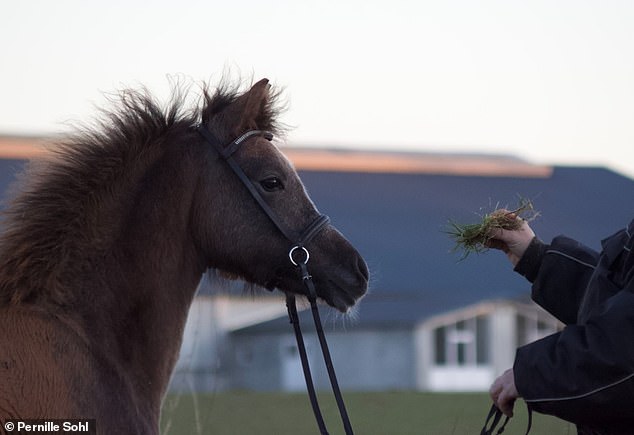
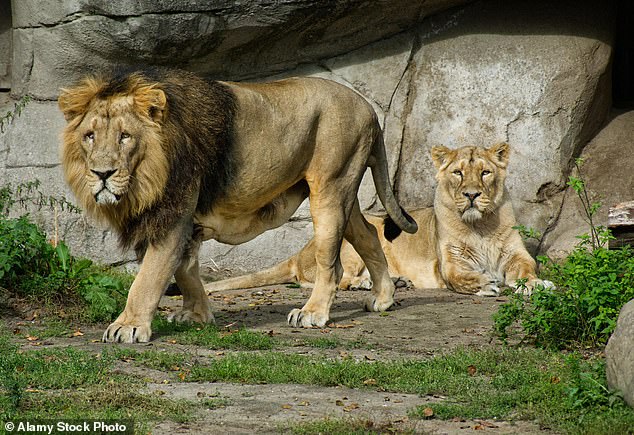
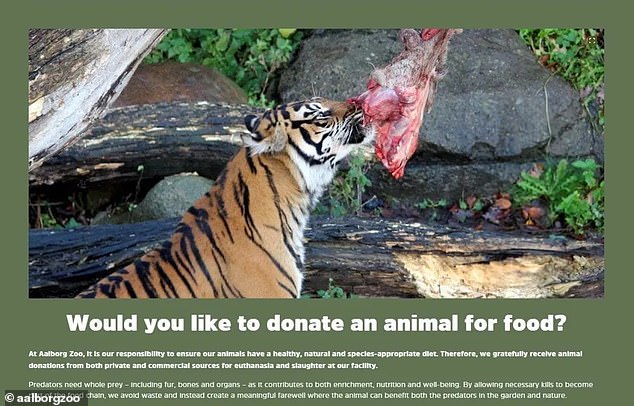
The Aalborg Zoo, home to more than 1,500 animals representing 126 species, said of its food drive that it was trying to imitate the ‘natural food chain’ of the animals housed in its grounds by feeding them ‘whole prey’ for ‘welfare’ purposes.
In their advert, posted across social media, the organisation suggested chickens, rabbits and guinea pigs make up an ‘important’ part of the diet of its predators, which include tigers and lions.
‘The animals are gently euthanised by trained staff and are afterwards used as fodder,’ the zoo’s official Instagram account announced to its 23.7 thousand followers.
‘That way, nothing goes to waste – and we ensure natural behavior, nutrition and [the] well-being of our predators.’
The zoo posted the announcement alongside an image of a wildcat showing off its teeth.
Aalborg Zoo in the Jutland region of Denmark covers eight hectares (20 acres) of land and opened in 1935.
Every year, around 400,000 guests visit the establishment.
‘If you have a healthy animal that needs to be given away for various reasons, feel free to donate it to us,’ the zoo said on posts on both Instagram and Facebook.
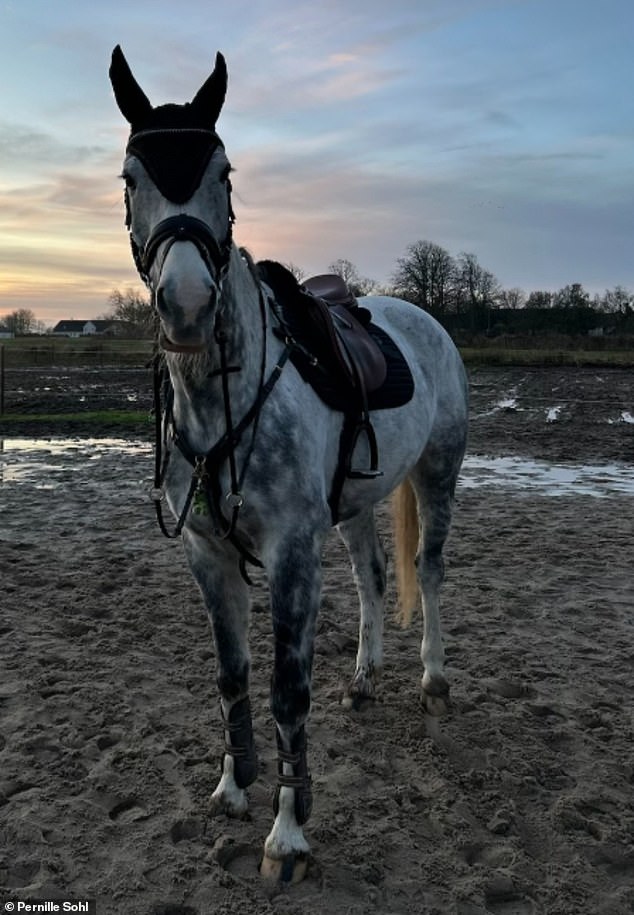
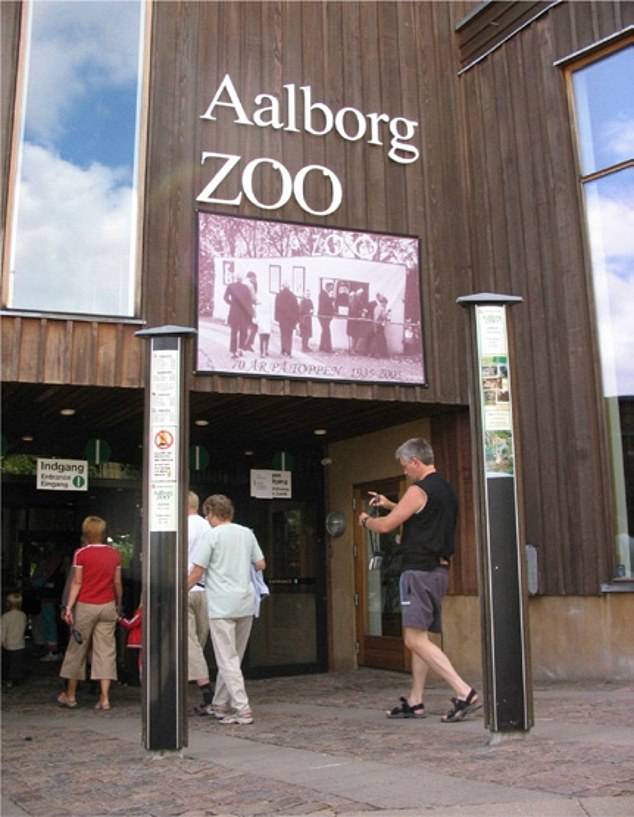
The company then linked to a webpage with more information, including the fact that the zoo also accepts ‘live horses, which we euthanise and slaughter for food’.
‘Our needs vary throughout the year, and there may be a waiting list,’ the website said.
Before horse owners consider contacting the zoo about providing a donation, three conditions must be met: the horse must be a maximum of 147 cm at the withers, it must have a horse passport, and needs to be in a safe condition for transport – without having been treated for illness for the past 30 days.
‘The horse will be delivered alive to Aalborg Zoo, where the horse will be euthanised by a zookeeper and a veterinarian and then slaughtered,’ the zoo said.
‘We also accept chickens, rabbits and guinea pigs on weekdays between 10 am and 1 pm, but no more than four at a time.’
Ms Sohl’s own daughter Angelina, then 13, decided to donate her pony Chicago after she was told it would need to be put down because it was suffering from a form of eczema triggered by mosquito bites that became so bad in the summer, the animal was forced to wear a jacket and leg protection to cover the irritation and open wounds.
The now 22-year-old was given several options by her mother but she decided she wanted her horse to be part of the natural food chain.
Ms Sohl watched as the beloved pet, who lived on her farm in Assens in southwest Denmark where children with mental health issues can spend time with horses, was humanely put down with a bolt gun.
She explained that there were zookeepers on hand to stroke and kiss it and the business owner said it felt like she was able to say a proper goodbye.
The mother was so impressed with the process that when another of horses Quantus, died, she contacted the zoo once more.
However she was turned down because the horse was too large to fit in the zoo’s fridges and so was instead turned into dog food.
Ms Sohl was not paid for her donations but did discover, to her surprise, that she was eligible for a tax rebate.
All donors get DKK100 (£11.60) off their tax for each small animal they donate and DKK5 (58p) for each kg of horse.
Helen Hjortholm Andersen, from Jutland, also decided to donate her Shetland pony to the zoo after it became unable to walk following a seizure.
Ms Anderson’s vet suggested she leave 20-year-old Paprika in a field to die naturally but Ms Anderson said it would have been too expensive as the price of collecting dead horses is ‘grotesquely high’.
So, rather than front the cost, the mother took along the family pony to Jyllands Park Zoo, which operates a similar programme to Aalborg.
She aid of her decision: ‘The idea that she could be of benefit made sense. We would do it again. We like the idea of the cycle of life, and that a pony can help to create life for other animals.’



